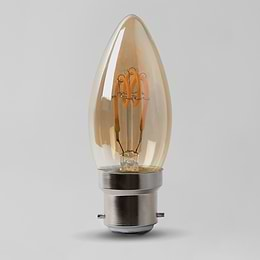5 Ergonomic Lighting Tips For The Office
5 Ergonomic Lighting Tips For The Office
 HR departments are generally aware of office ergonomics, however this term usually sparks up images of desks and chairs, adjusted to suit the user, or keyboards in the perfect position.
HR departments are generally aware of office ergonomics, however this term usually sparks up images of desks and chairs, adjusted to suit the user, or keyboards in the perfect position.
Whilst these areas of ergonomics are very important, it is important not to exclude lighting. Poor lighting can lead to a condition known as CVS, or Computer Vision Syndrome. Symptoms include headaches, neck pain, itchy eyes and blurred vision.
Poor lighting can also have a negative impact on productivity and error rates, yet ergonomic lighting is often overlooked. As many offices have different layouts, there tends not to be a one-size-fits-all approach that works for everyone. These five tips will help you to get started on creating a lighting plan to get the most out of your workspace
5 Ergonomic Lighting Tips For The Office
- Avoid going too dim or too bright
If your office lighting is too dim, it can cause your employees to squint and strain to see what they are doing, be it admin work or reading from their computer screen. This is inefficient, but can also cause a gradual deterioration in vision. For this reason, you should make sure your office lighting isn’t too dim, however brightness can also cause problems. If office lighting is too bright, it can wash out images on computer screens, making it difficult to see. Find a comfortable medium for your employees and if the room is too dim, supplement with table lighting. If the room is too bright, consider taking a row of lights out. -
Consider the time of day
 By offering different lighting options in the office from ceiling lights to desk laps, you can allow your employees to adjust the light to suit the time of day.
By offering different lighting options in the office from ceiling lights to desk laps, you can allow your employees to adjust the light to suit the time of day.
-
Consider the placement of your lighting
Glare is always a big area of concern in ergonomic lighting, especially with computer screens around. The best choice is indirect lighting. Make sure you never position lights so that the light bounces into the user’s eyes. Also think about glare from window reflections and shiny surfaces like desks and cabinets.
- Don’t Position Monitors Near Windows
Much like the point above, consider where light sources are and consider the positions of screens. Screens that are near windows are at high risk for glare and if there is a window directly behind a computer screen. It can create a look of high contrast between screen brightness and daylight. This can make it difficult on the eyes.

- Go for a soft 3000k-4000k light
Lights with more yellow tones tend to be easier on the eye, and have less impact on Circadian rhythms. Whilst a higher colour temperature light with a blue glow makes it very easy to see things clearly, it can be less psychologically pleasing. Ultimately though, it is important to offer a variety of colour temperatures to suit each situation and position.
FAQs
We have a great range of office lighting, from commercial emergency lighting, to more design focused lighting to beauty your working space.
We have a really handy guide for How To Light Your Home Office, that has more information for keeping your home office in line with your personal needs.





